In bathroom storage systems, the medicine cabinet has always been a core configuration. Compared to open shelves, storage mirror cabinets with cabinet doors can neatly store toiletries, skincare products, medicines, and shaving tools while maintaining a refreshing appearance. However, as the material expands from metal and glass to "wood medicine cabinet," many people question whether wooden structures can withstand the persistent moisture and vapor in the bathroom environment. Does it require additional maintenance? And in real use, will wooden mirror cabinets have curled edges, cracks, or mold?
This industry news will analyze in depth whether wooden medicine cabinets are suitable for bathroom use from five dimensions: material characteristics, production processes, structural design, usage scenarios, and maintenance management.
1. Why has the wood medicine cabinet received renewed attention in recent years?
With the trend in bathroom design gradually shifting from "function first" to "coexistence of life and atmosphere", more designers are emphasizing the space's temperature and natural texture. Wood, with its natural texture and warm touch, can balance the hardness and coldness brought by materials such as glass, metal, and tiles, making bathroom spaces more comfortable for home use.
According to the annual bathroom trend survey released by the North American home building materials market research website Houzz, the search volume for products with natural wood veneer in bathroom homes has shown a continuous growth trend in the past three years, with a year-on-year increase of about 17% in 2024 (source: Houzz.com). In the mirror cabinet category, the installation rate of wood medicine cabinets is still increasing, becoming a visual focal point in more home bathroom renovations.
2. What determines the waterproof ability of a wood medicine cabinet?
To determine whether a wooden mirror cabinet can adapt to the bathroom environment, three aspects need to be evaluated: wood type, surface treatment process, and structural closure design.
Firstly, the stability of wood itself determines the degree to which it is affected by humidity. For example, oak has a tough texture, dense texture, and is relatively resistant to moisture; Walnut wood structure is stable and not easily deformed due to humidity changes; Pine wood, on the other hand, is relatively soft and easily absorbs moisture, so it needs to be reinforced with sealing treatment when used in the bathroom. In typical specifications, oak mirror cabinets such as 24-inch x 30-inch or 30-inch x 36-inch tend to perform more stably.
Secondly, the more critical influencing factor lies in the surface treatment process. Clear varnish can form a basic protective layer, but its moisture resistance is average. A polyurethane waterproof coating has higher moisture resistance and easier surface cleaning. High-end products usually use a multi-layer closed coating, which is repeatedly polished and painted to make the coating more uniform and enhance waterproofing. According to the product performance testing platform Ferguson, multi-layer waterproof sealing treatment can reduce the water absorption rate of the wood surface by 40%- 60% (source: BuildwithFerguson.com).
Finally, structural closure design is equally important. For example, if the cabinet backboard still uses ordinary fiberboard without edge-sealing treatment, even if the front waterproofing is good, the backboard may still expand due to moisture infiltration. Therefore, high-quality wood medicine cabinets will use complete edge sealing at the corners and plywood with greater moisture resistance as the backing material.
3. Is it suitable for bathroom use? Depends on humidity and installation location
Even if wooden mirror cabinets feature state-of-the-art moisture-proofing, bathroom humidity, and the installation location should still be considered.
Scenarios that are more suitable for using a wood medicine cabinet include: rooms with sound ventilation systems, such as those equipped with exhaust fans or natural ventilation; The installation position of the mirror cabinet is not directly exposed to the splashing range of shower water; The water stains on the sink surface can be wiped dry promptly. It is recommended to maintain a clear distance of 3 to 6 inches between the bottom of the mirror cabinet and the basin to avoid water droplets from contacting the edges of the cabinet for a long time.
On the contrary, if the bathroom area is tiny and lacks ventilation, remains damp for a long time, or if the mirror cabinet is difficult to avoid direct watering, metal or glass mirror cabinets are more recommended.

4. What are the advantages and disadvantages of wood medicine cabinets compared to metal mirror cabinets?
In terms of visual experience, wooden mirror cabinets provide a warm, natural atmosphere and can maintain consistency with the color tone and material of other bathroom furniture; metal mirror cabinets lean towards a modern, minimalist style, which appears calmer and rational. In terms of moisture resistance, high-quality wood medicine cabinets offer sufficient waterproofing for daily use. Still, metal mirror cabinets are less likely to absorb water and are more stable in natural environments. In terms of weight, wooden cabinets are usually heavier and require stronger wall fixation during installation. For maintenance and repair, wood can be restored with re-oiling or repainting, while metal cabinets with scratches or peeling are more challenging to repair.
5. Daily usage and maintenance suggestions
Using an exhaust fan during bathing and continuing to run for 10 to 20 minutes after showering can help reduce humidity.
Wipe the surface of the cabinet with a dry cloth every week to prevent water stains from staying for a long time.
Avoid using acidic or highly corrosive cleaning agents during cleaning to prevent damage to the waterproof coating.
If local wear is found on the edge sealing or the paint surface, transparent waterproof paint repair can be carried out promptly.
Moderate maintenance can significantly extend the service life of wooden mirror cabinets.
Conclusion: A Wood medicine cabinet can be fully used in bathrooms as long as it is selected reasonably, appropriately installed, and has good ventilation
Wood itself is not a 'forbidden zone' for bathroom environments. What truly determines the user experience are material selection, craftsmanship details, location installation, and daily maintenance. If you pursue a bathroom with greater spatial hierarchy, warm texture, and a homey atmosphere, a wood medicine cabinet would be a very worthwhile choice.

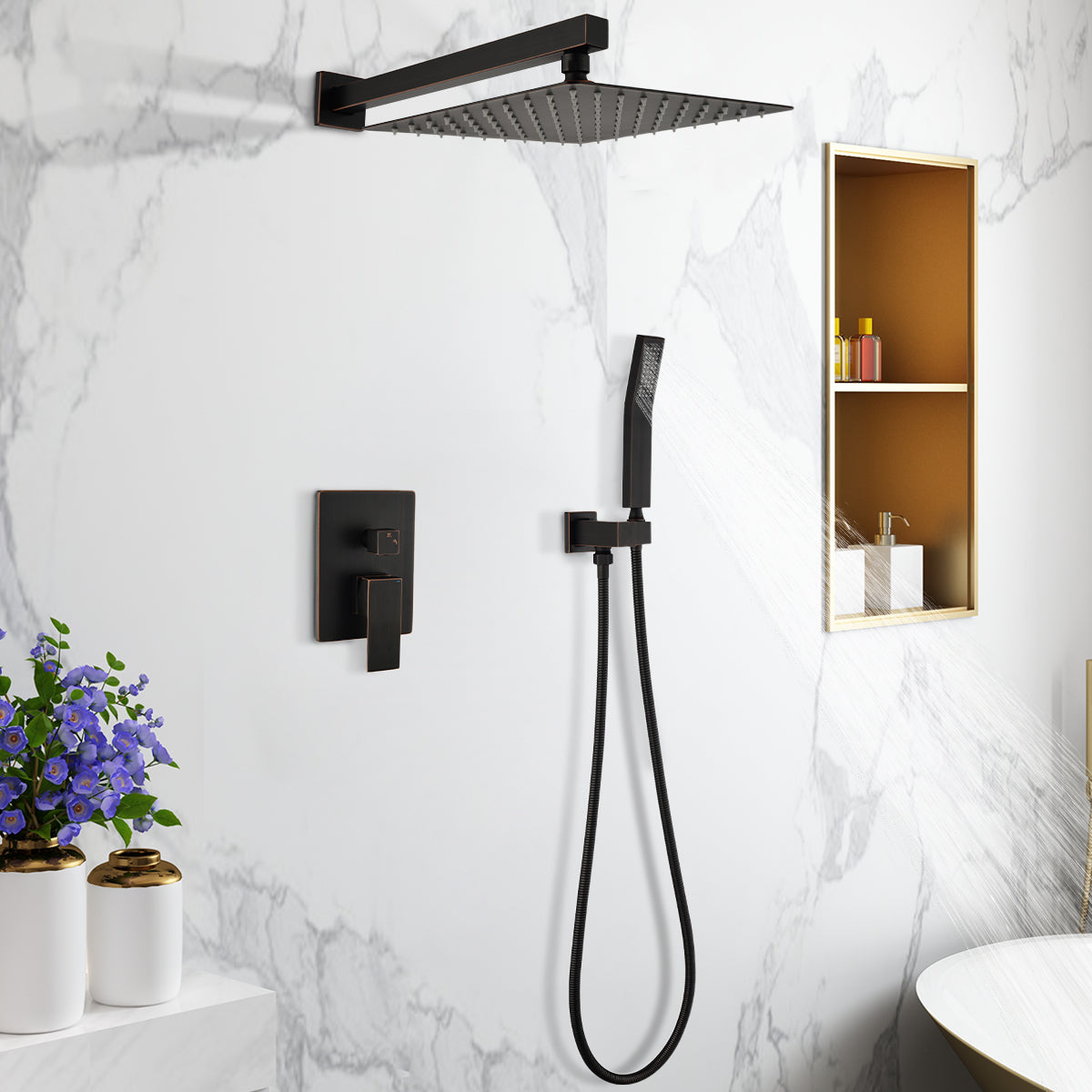






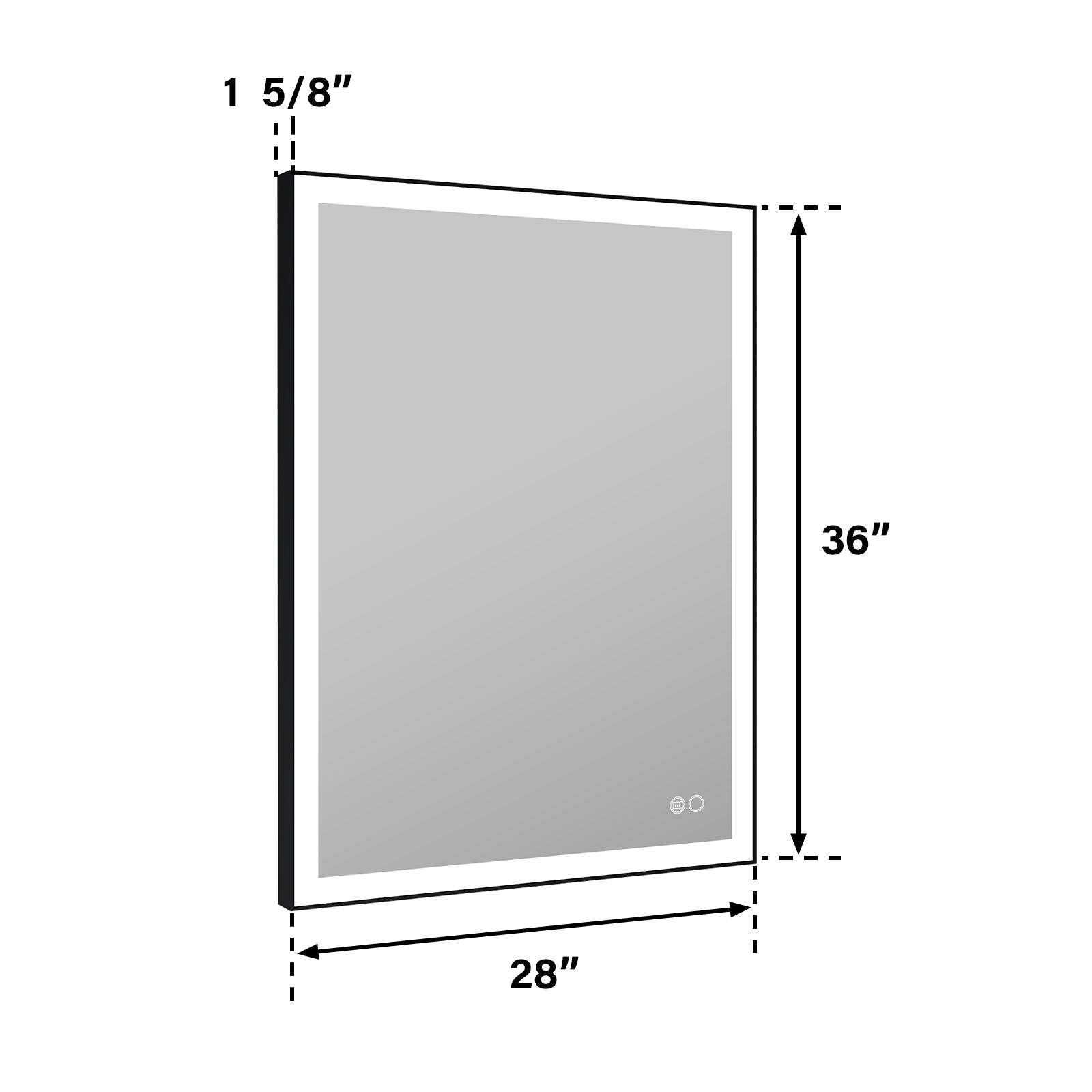



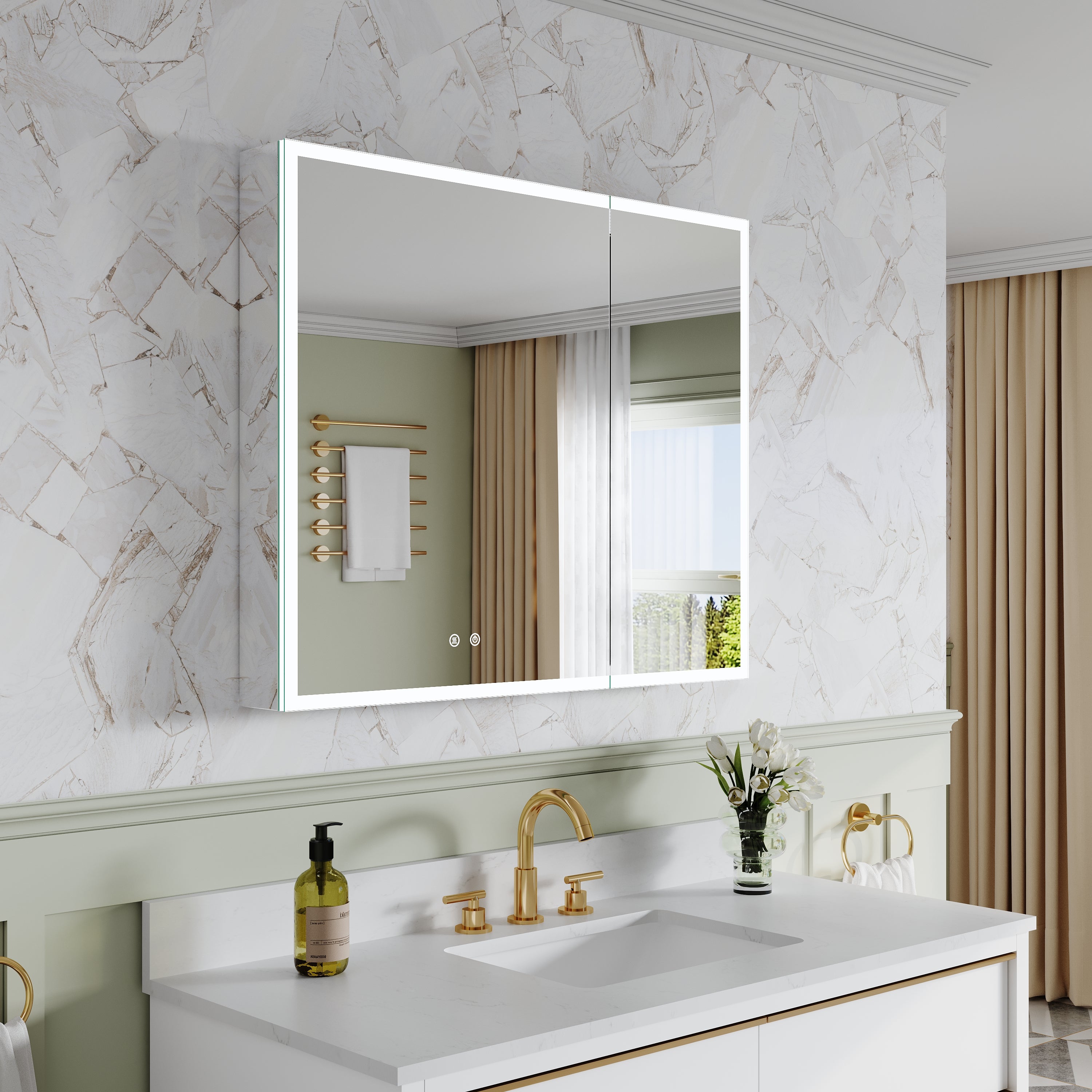
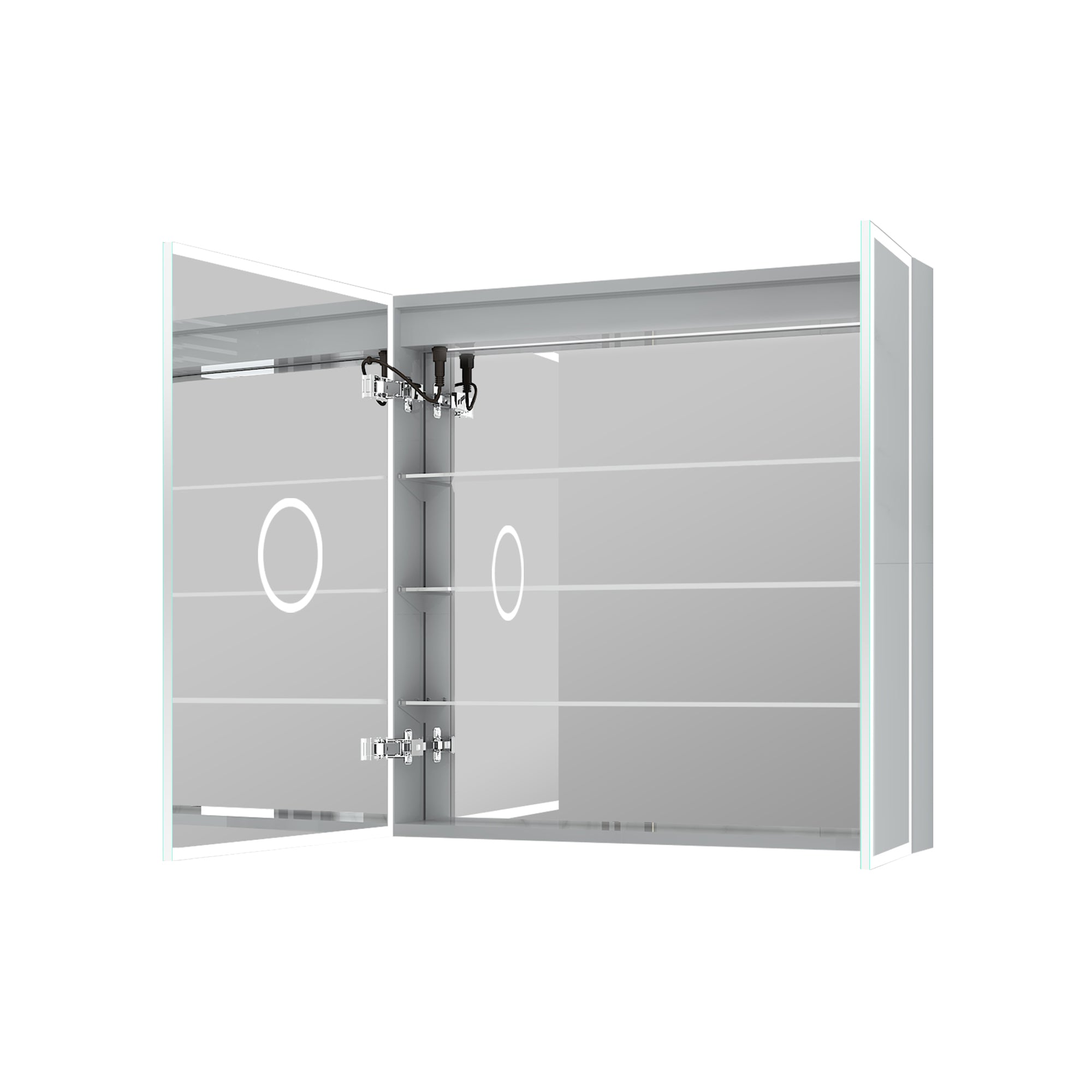
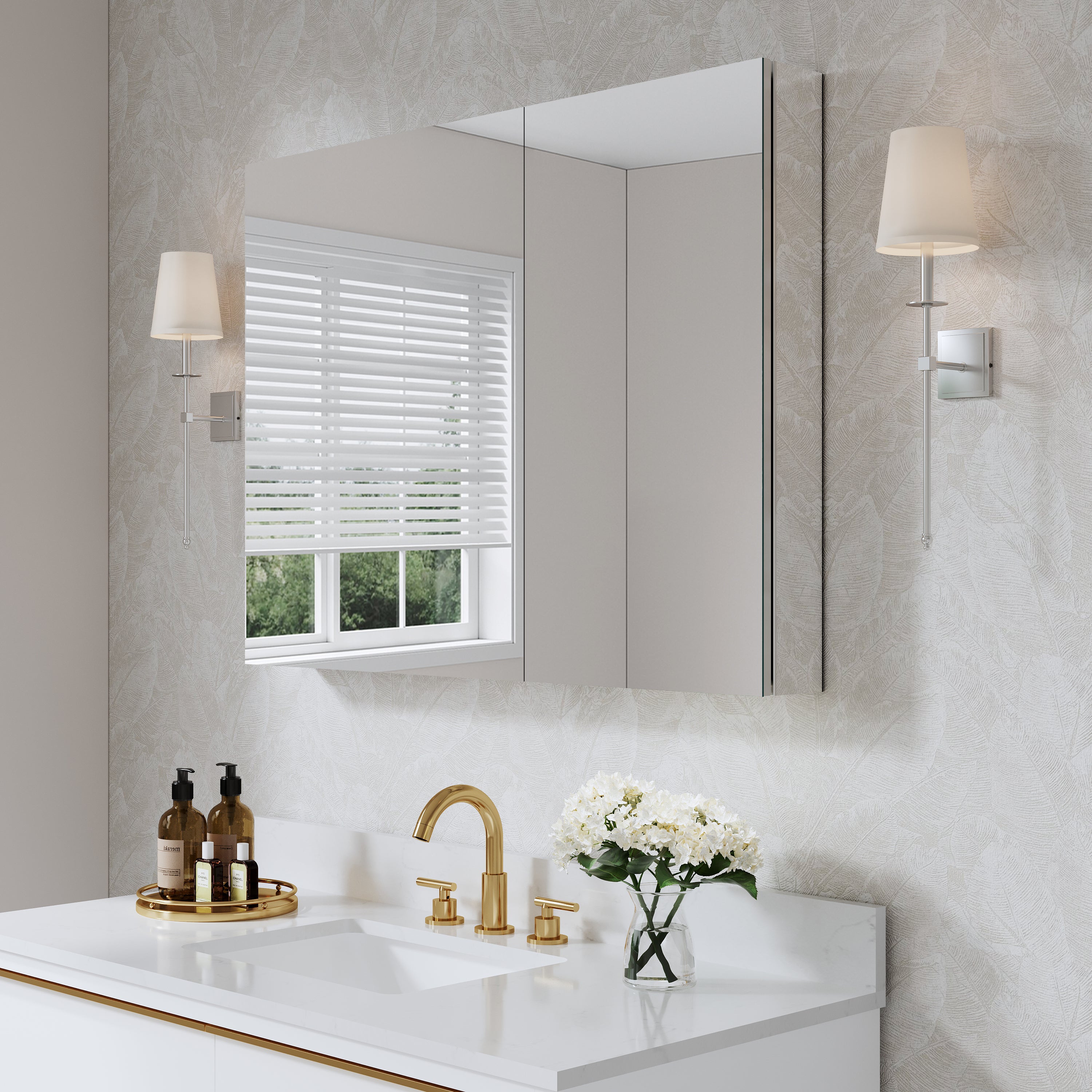

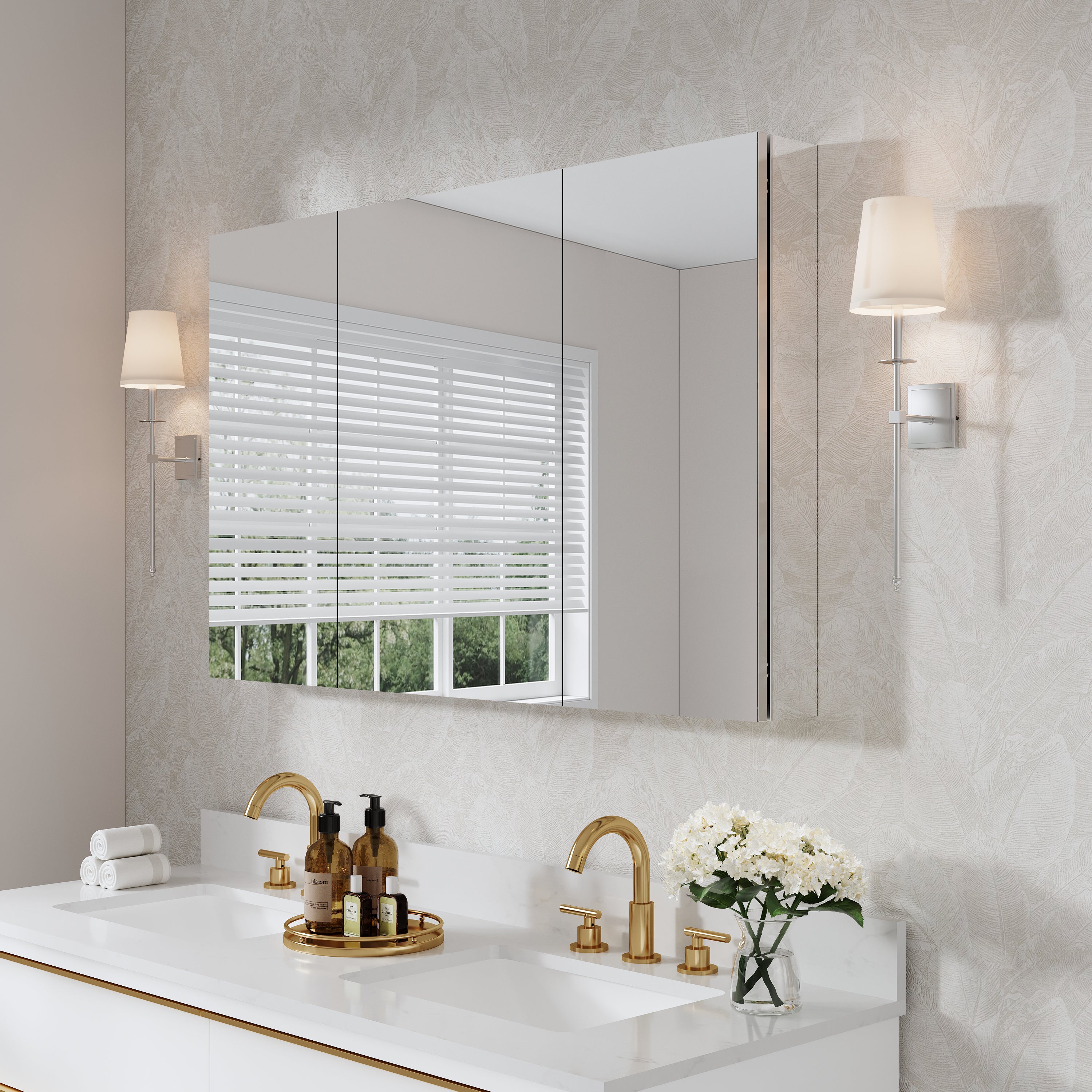
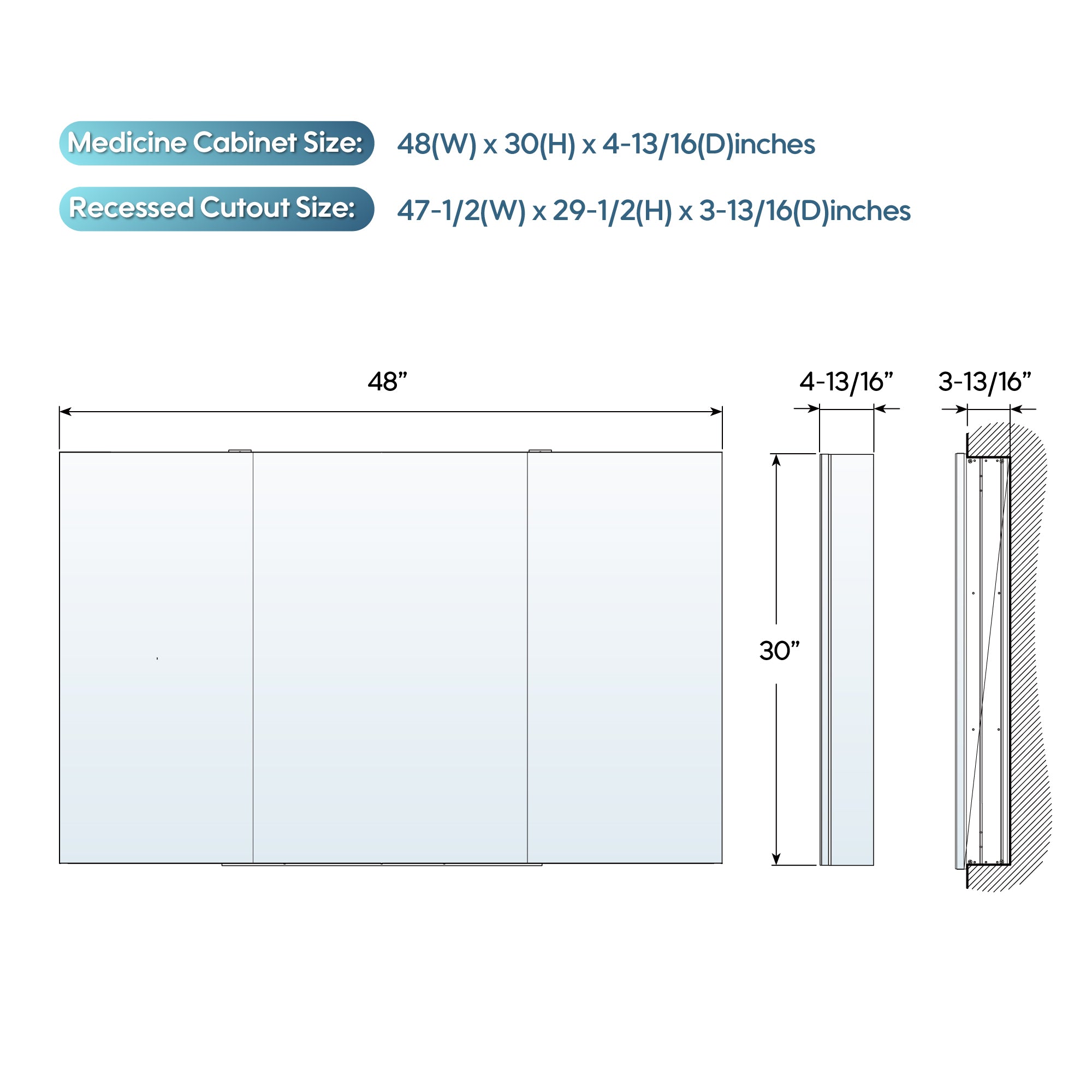

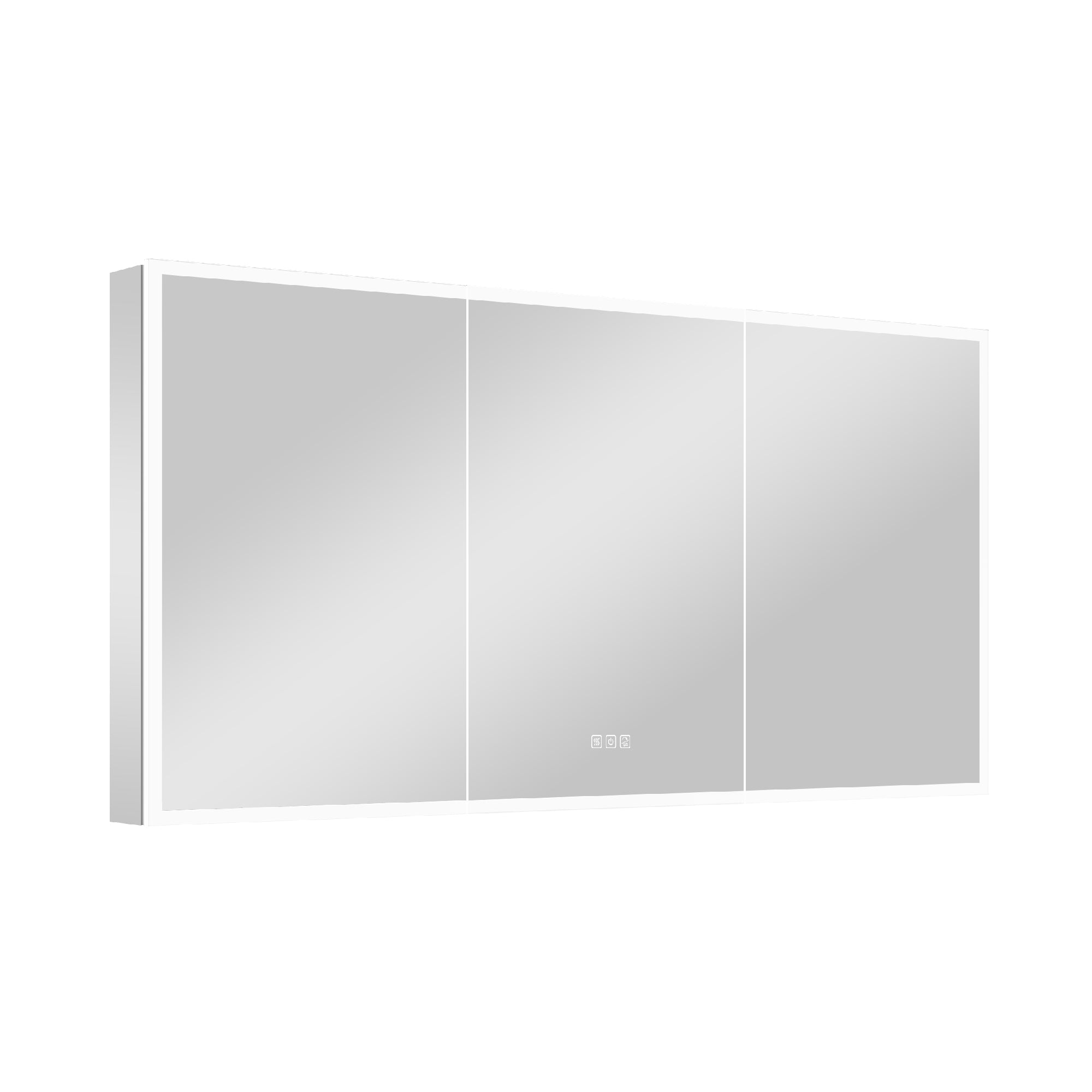
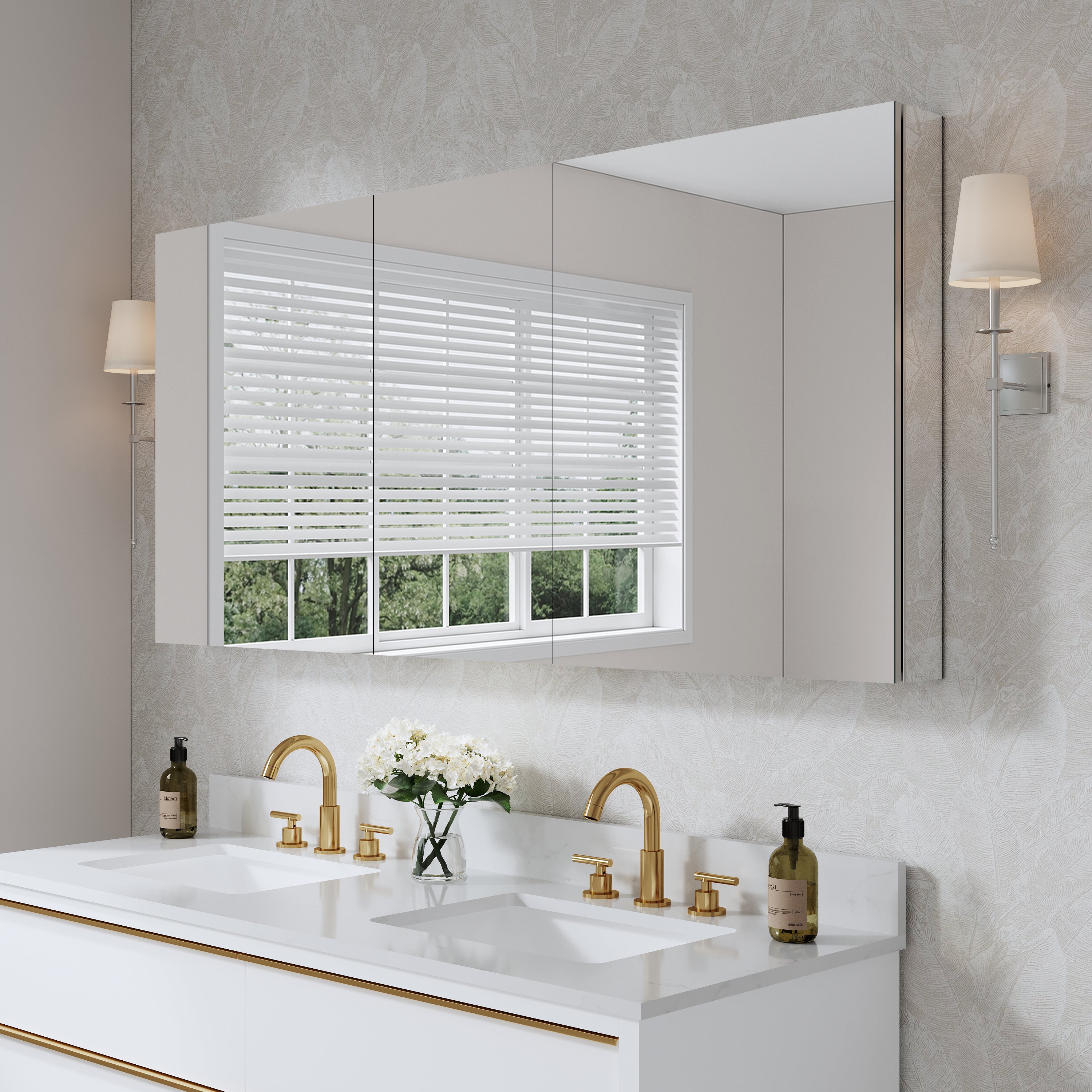




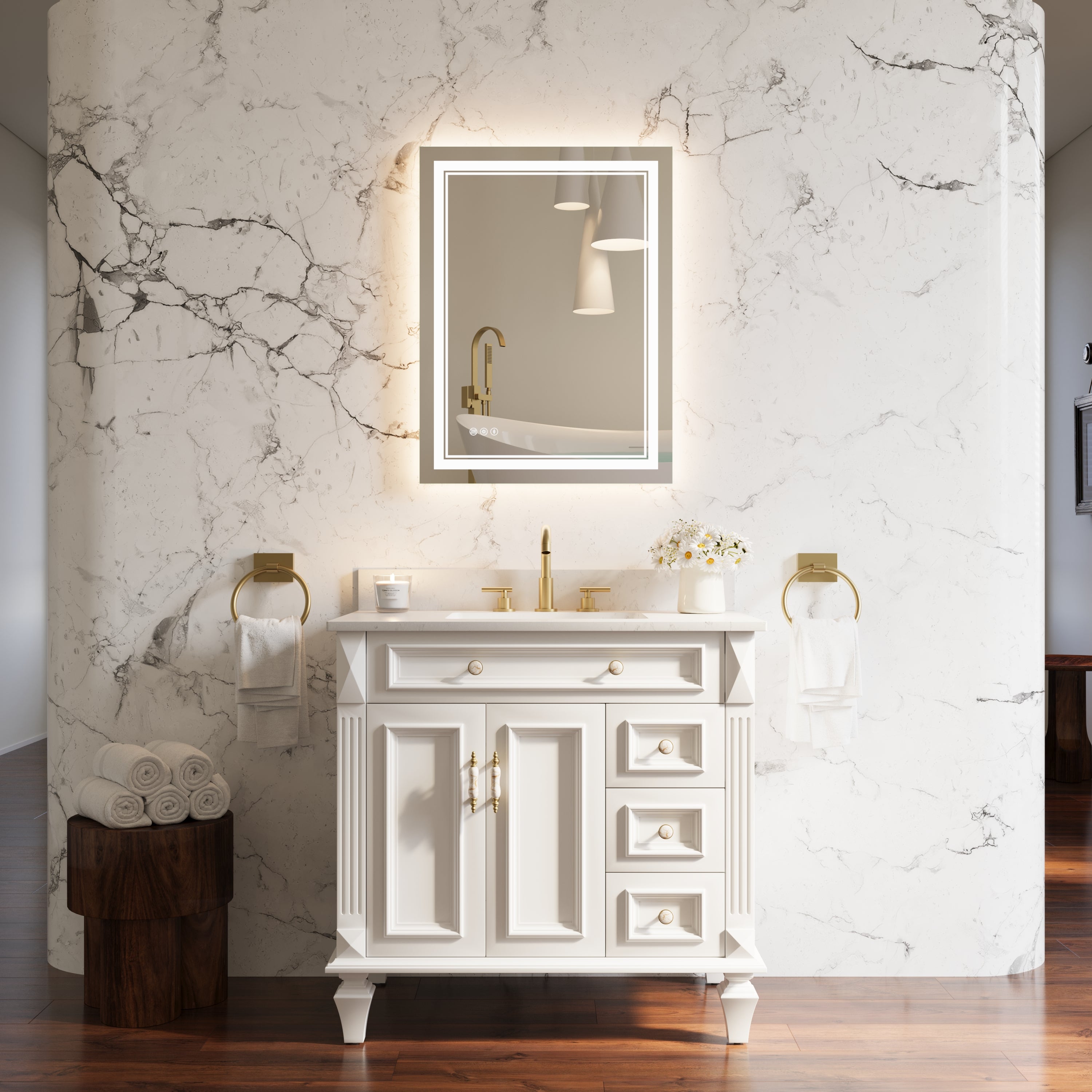
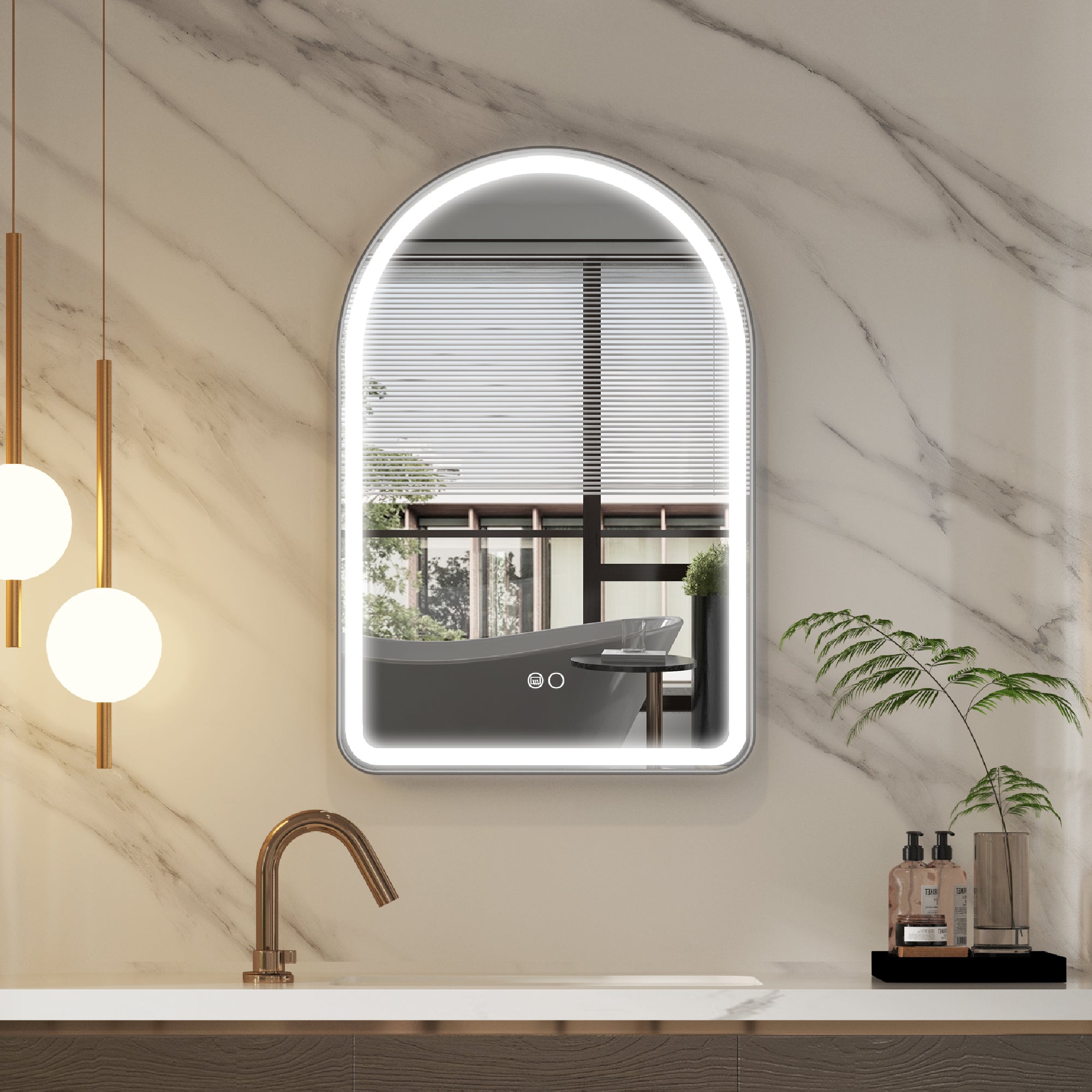
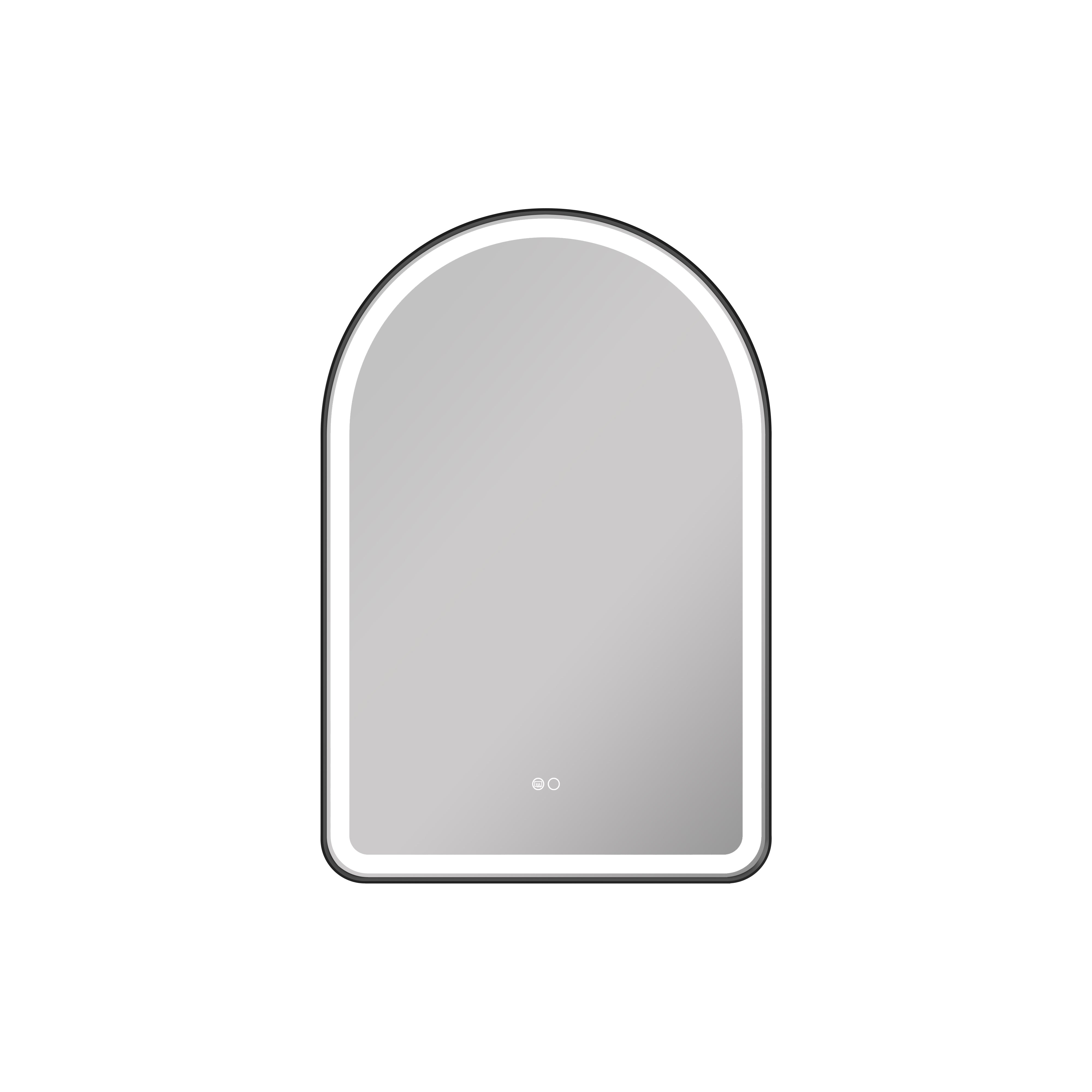

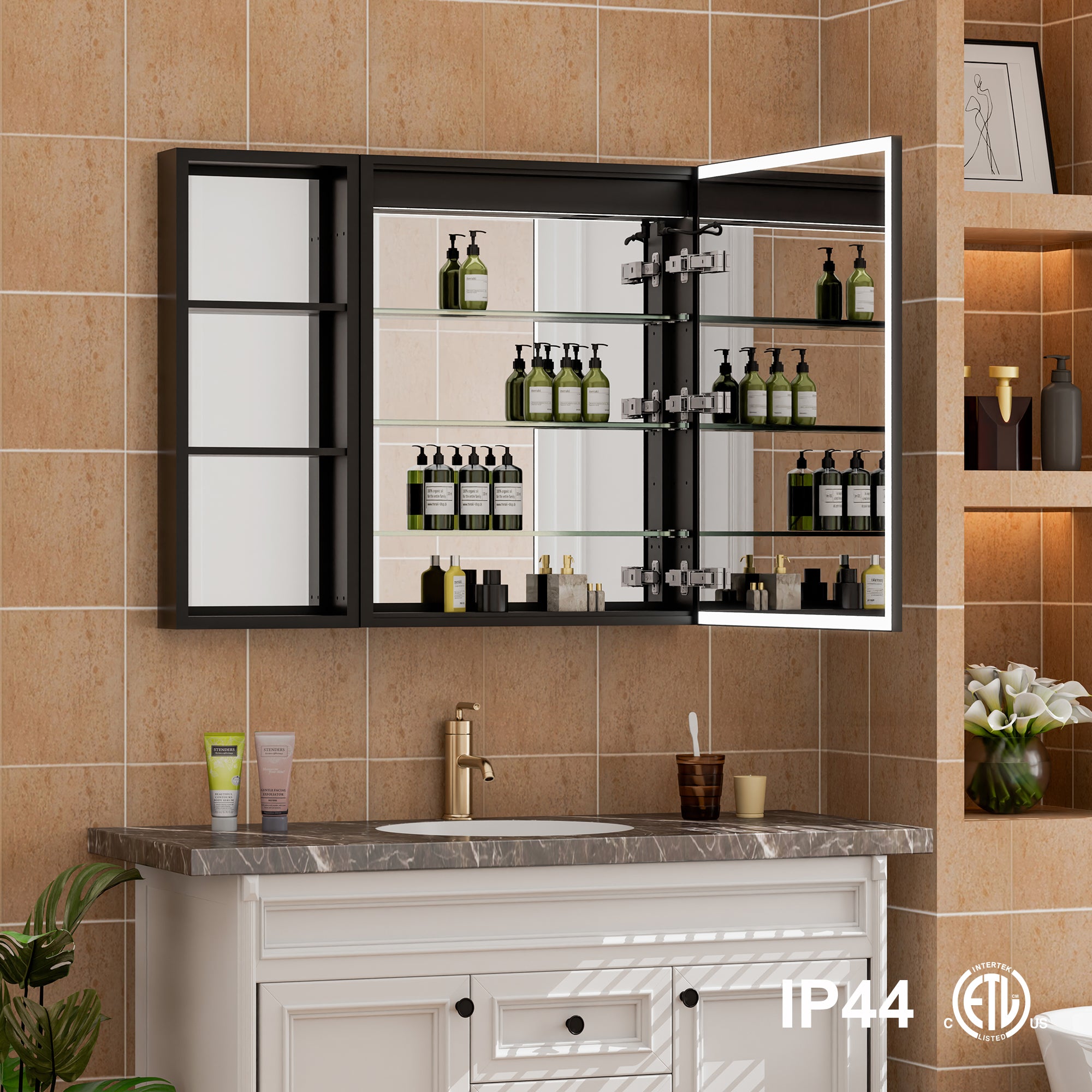
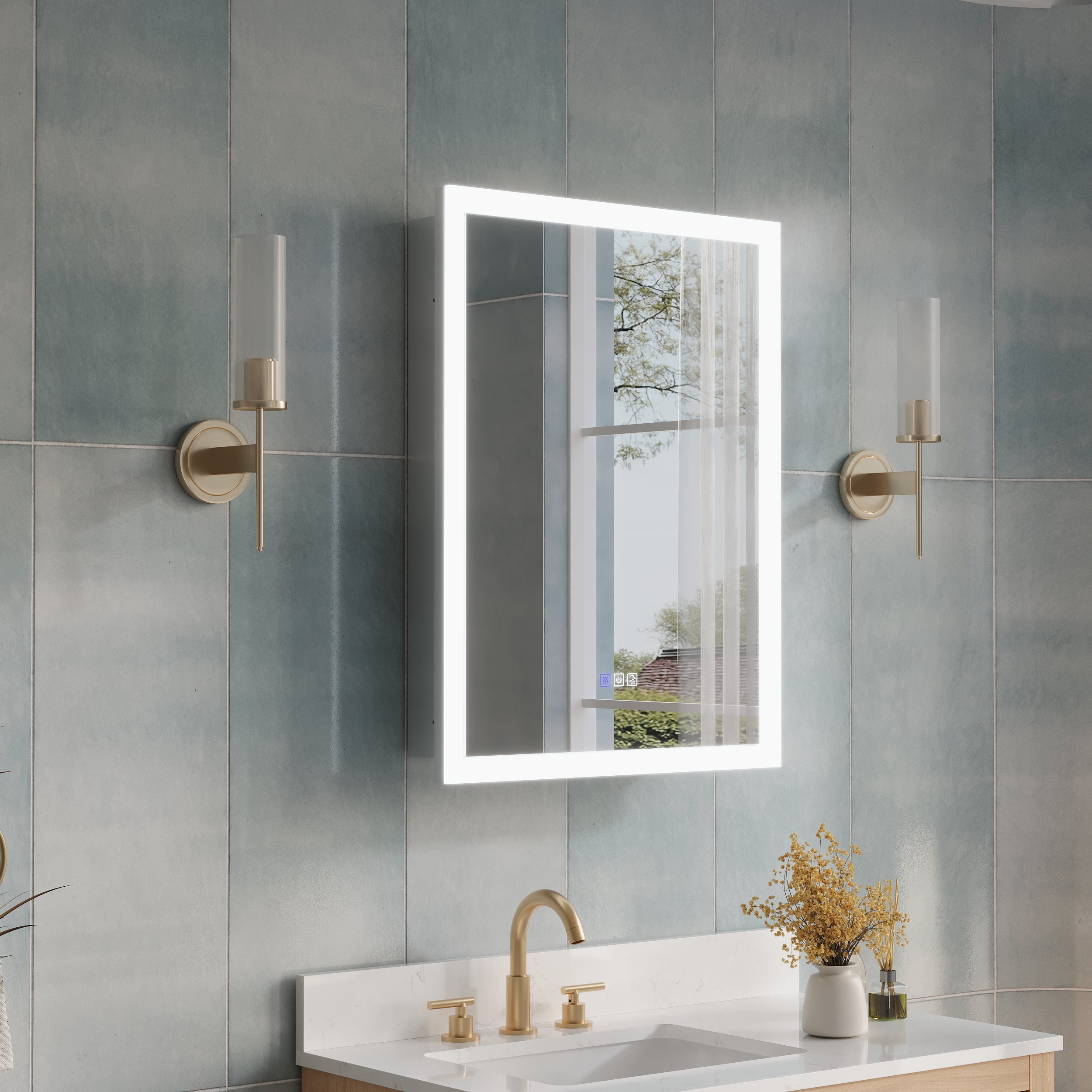
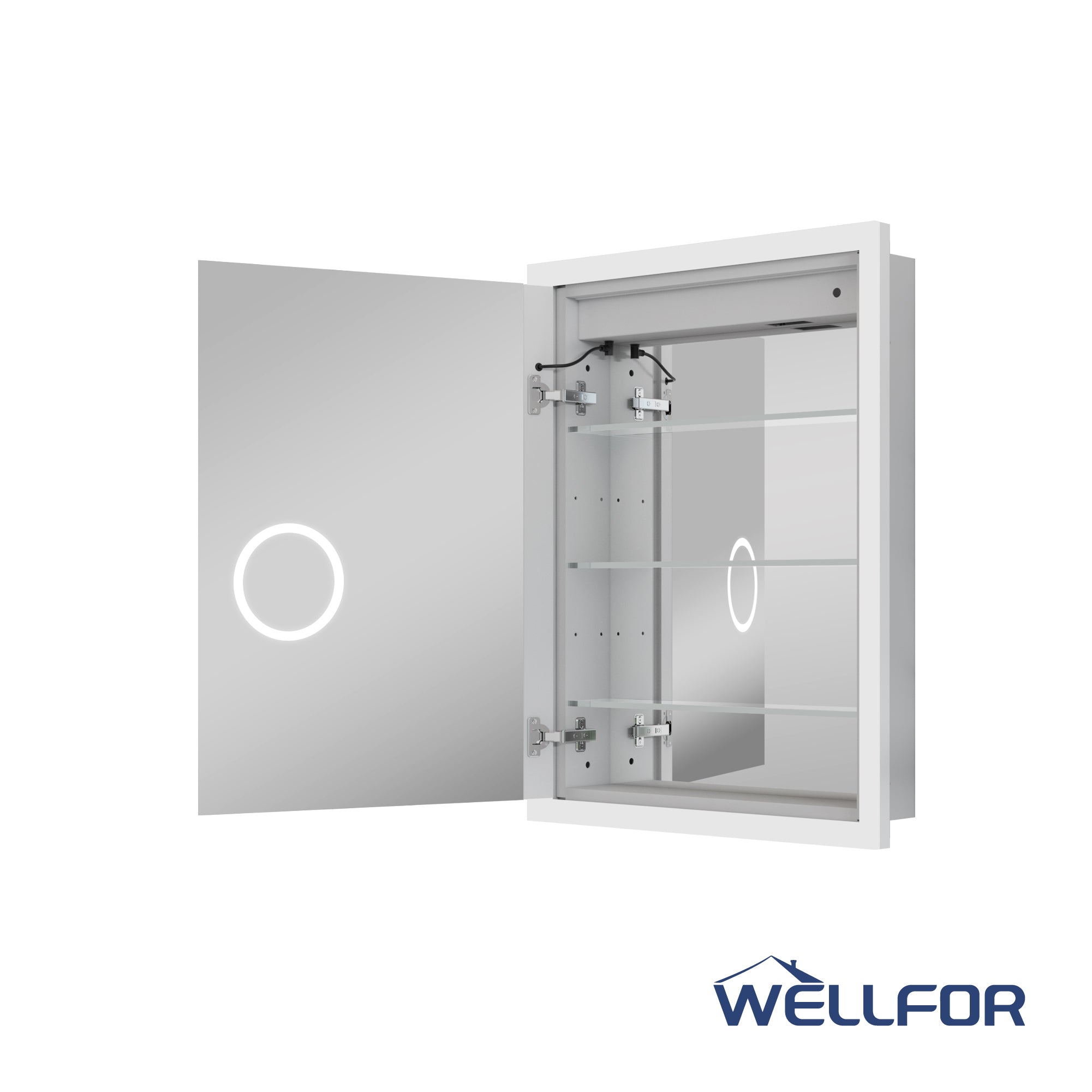
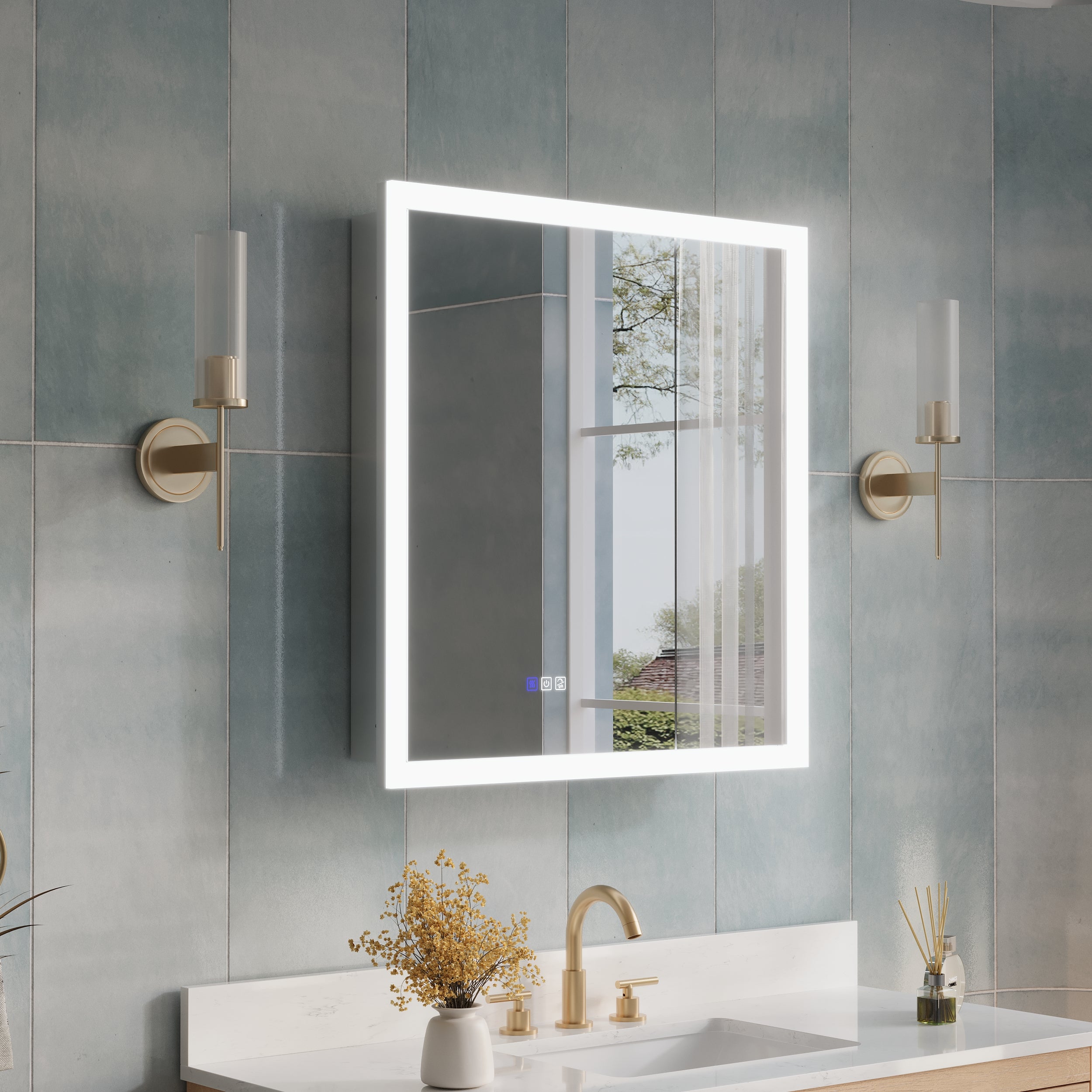
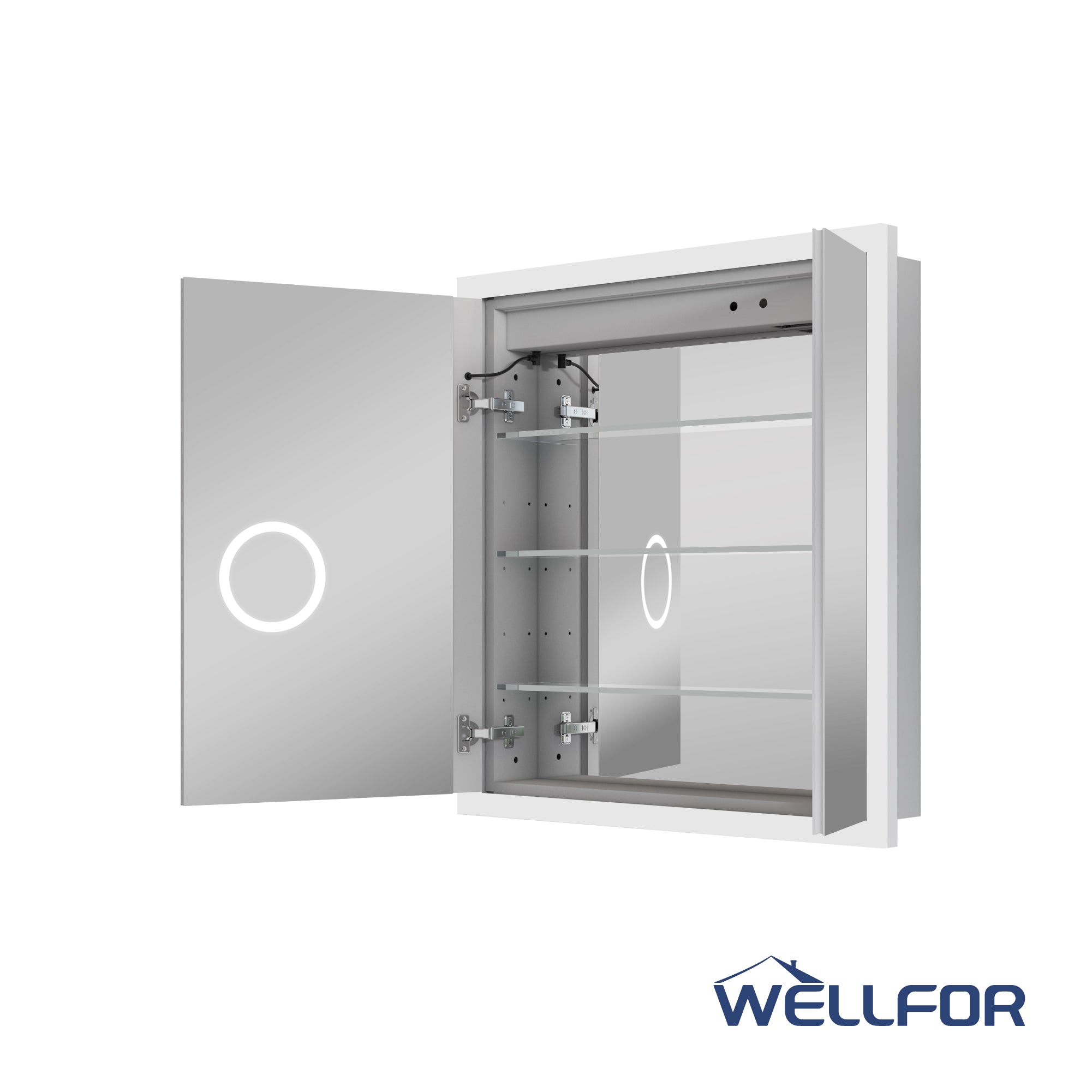
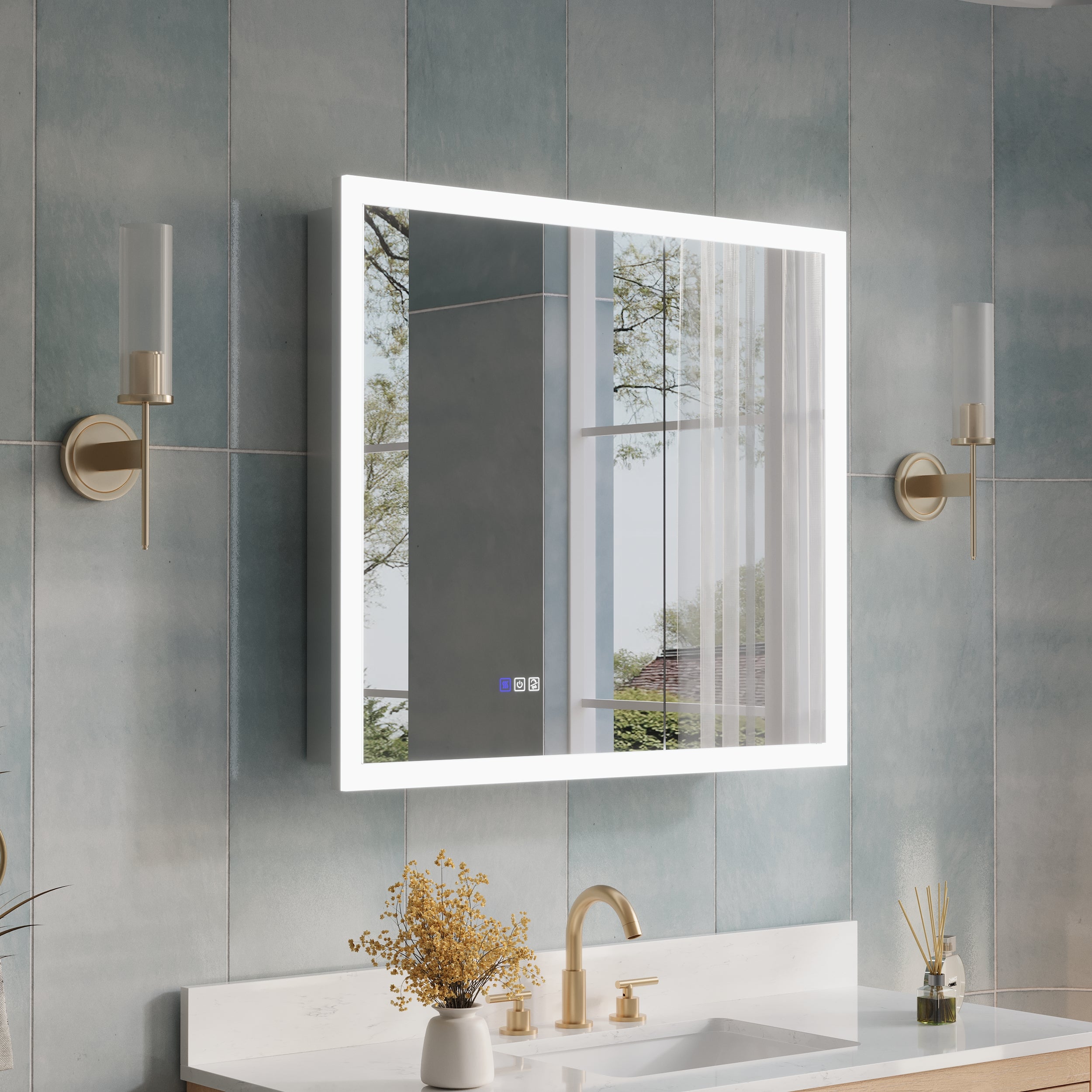

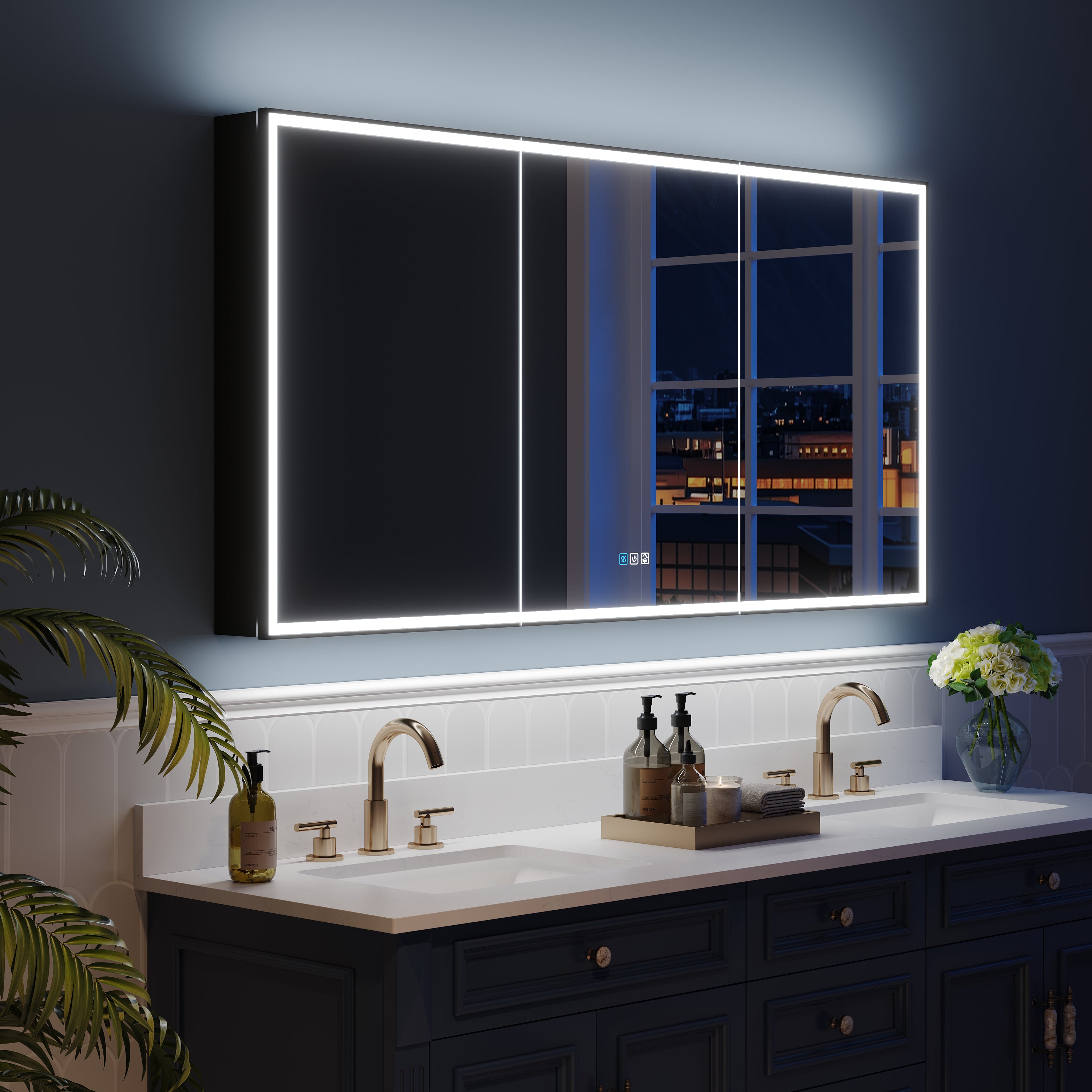
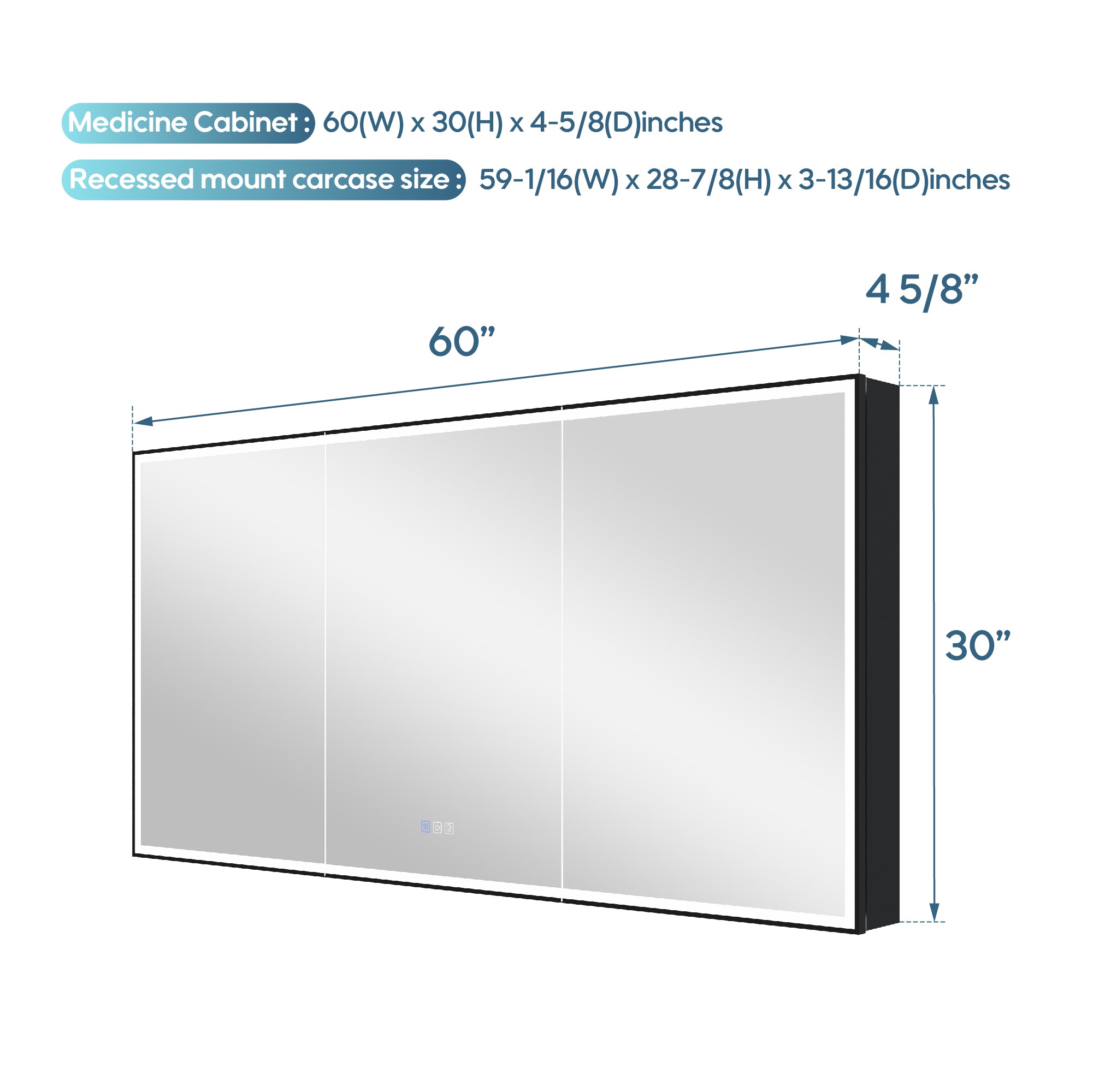
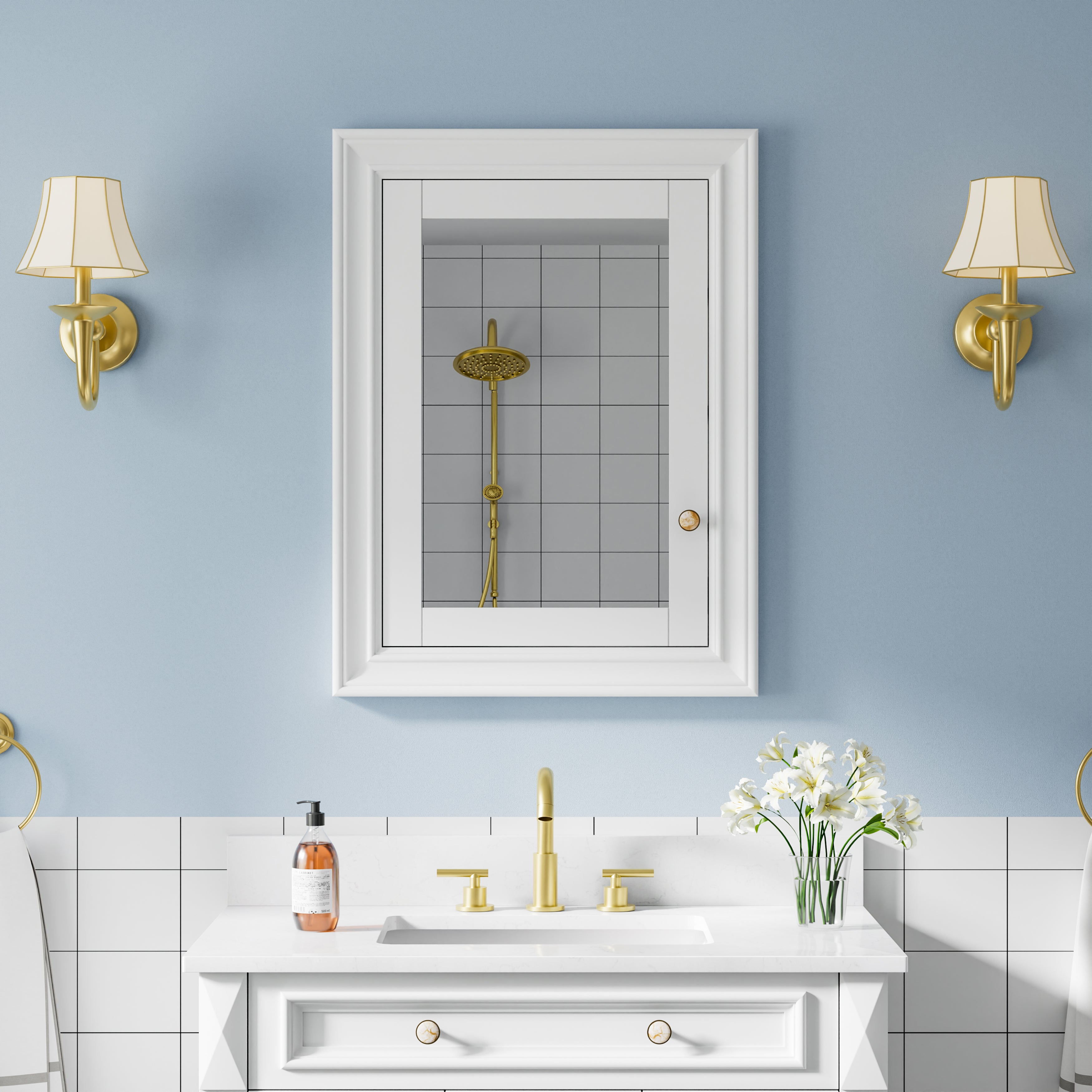


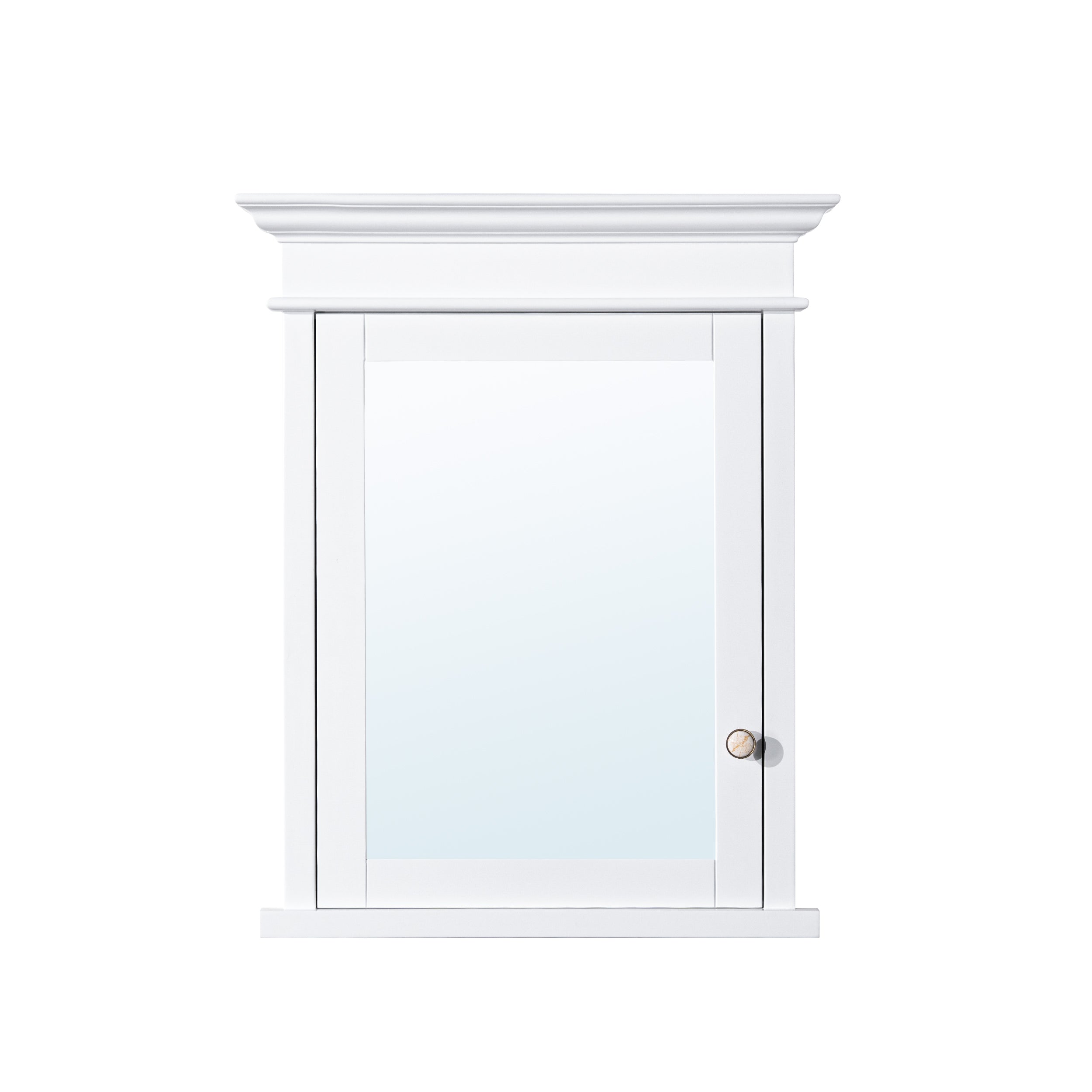

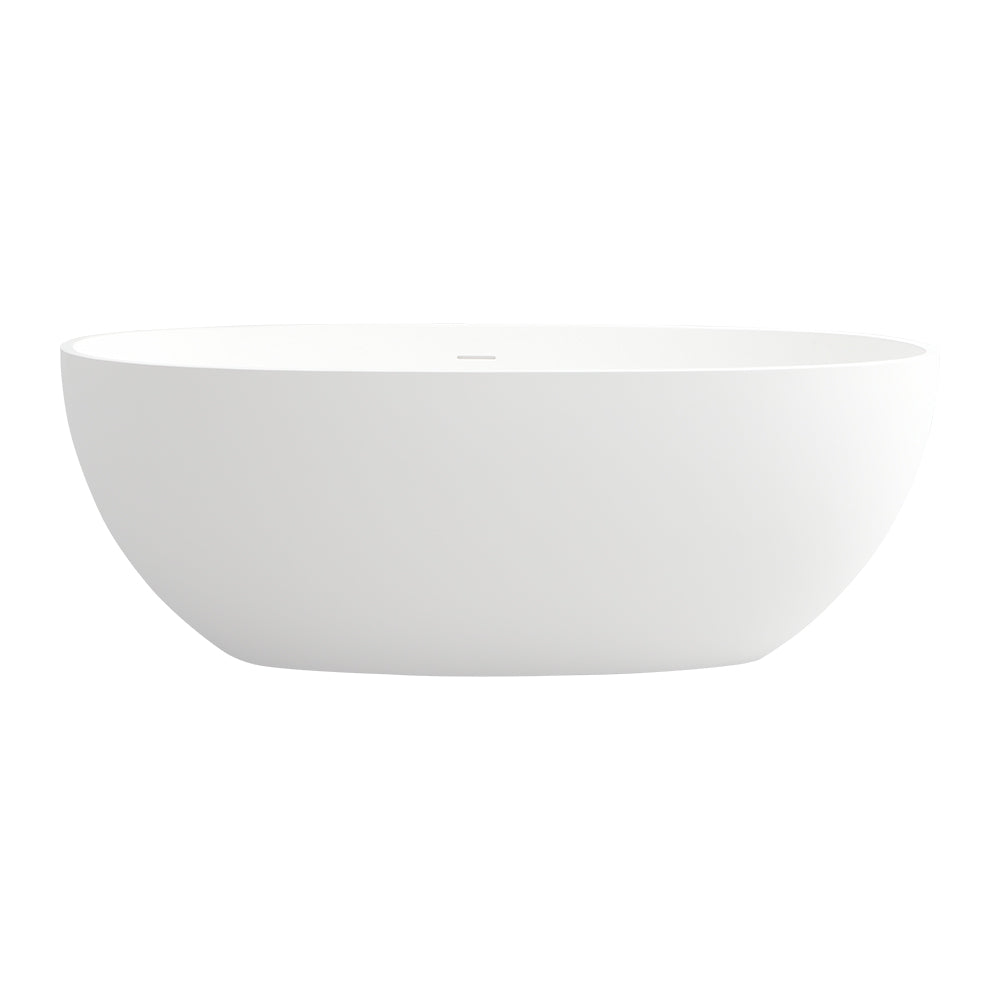


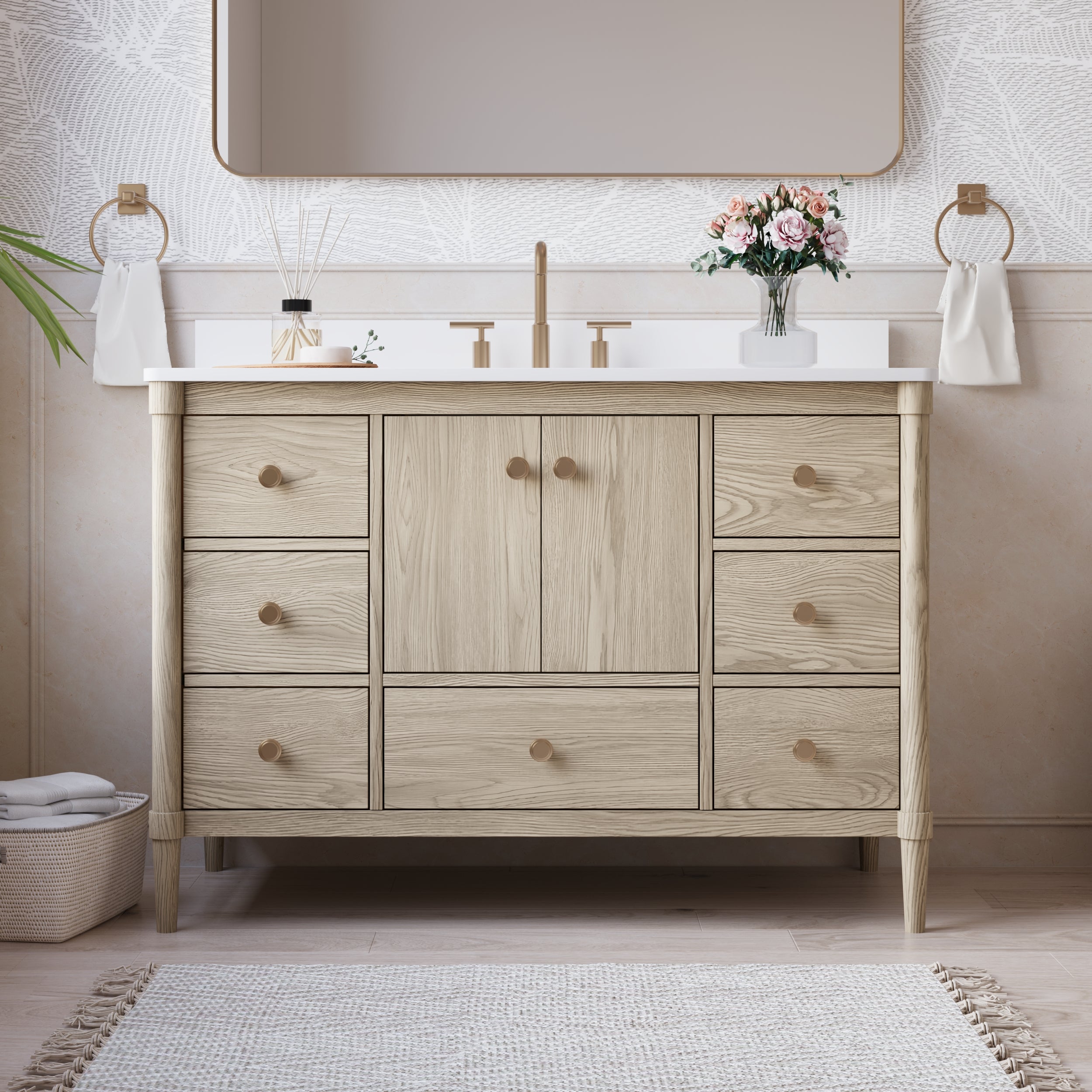
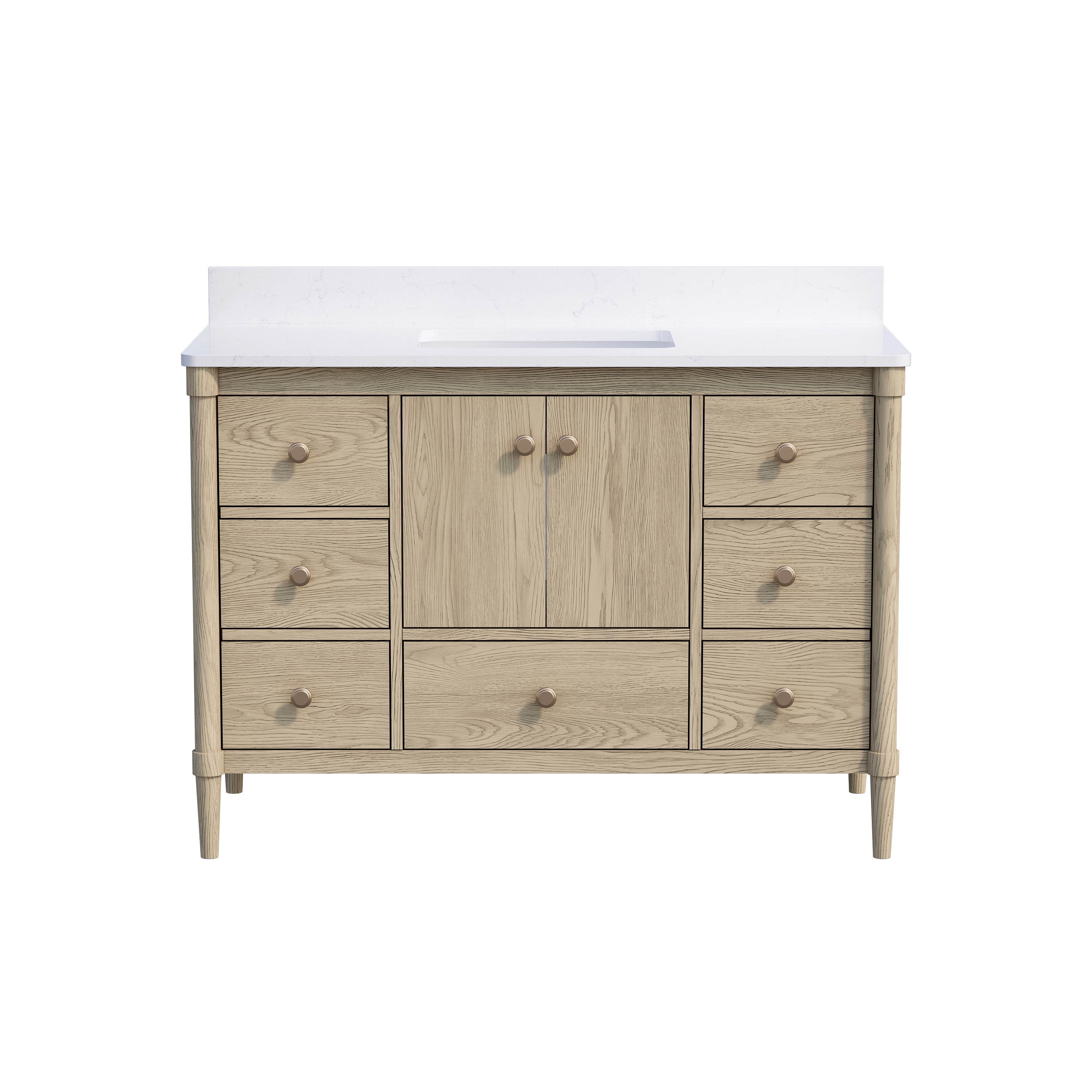
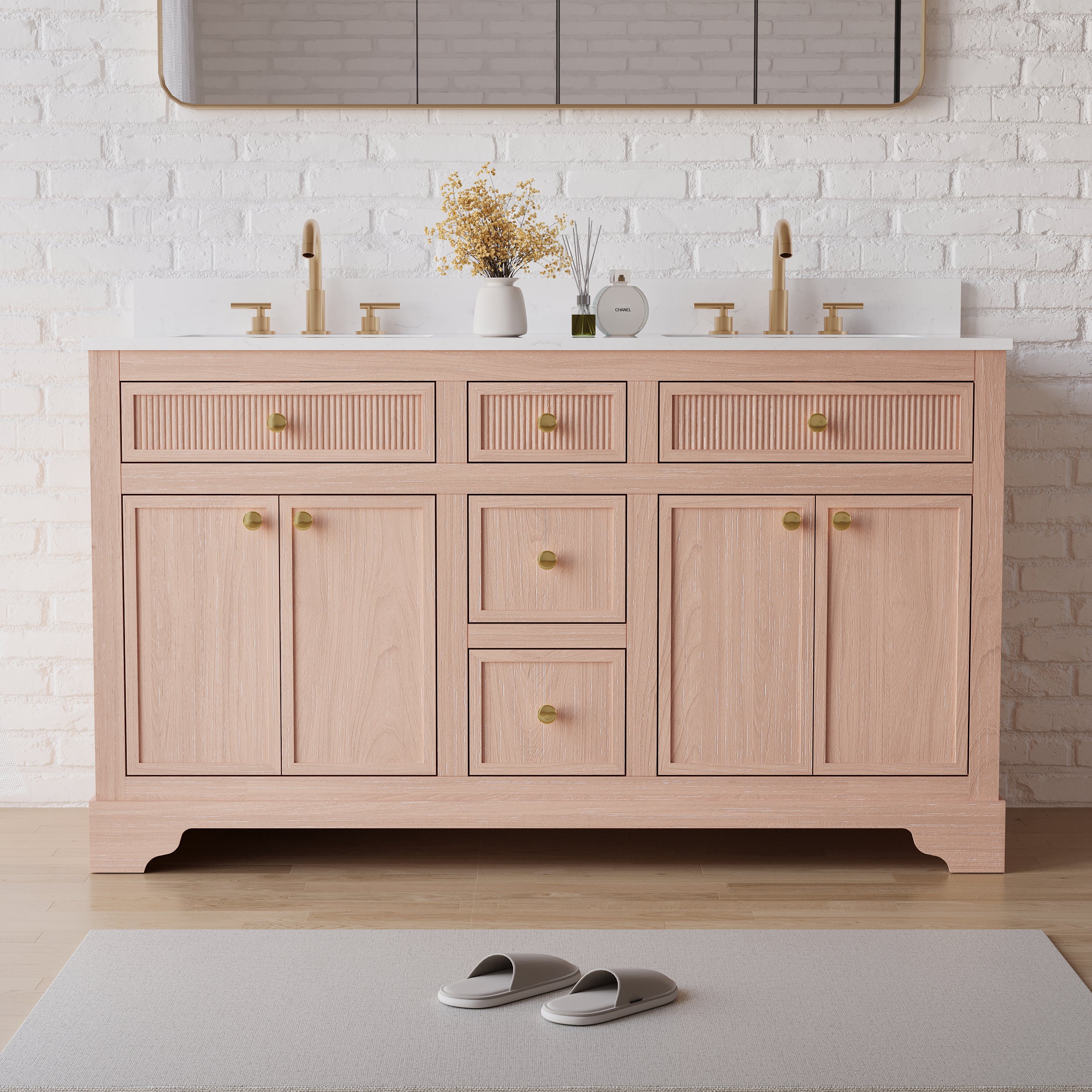



Leave a comment
This site is protected by hCaptcha and the hCaptcha Privacy Policy and Terms of Service apply.